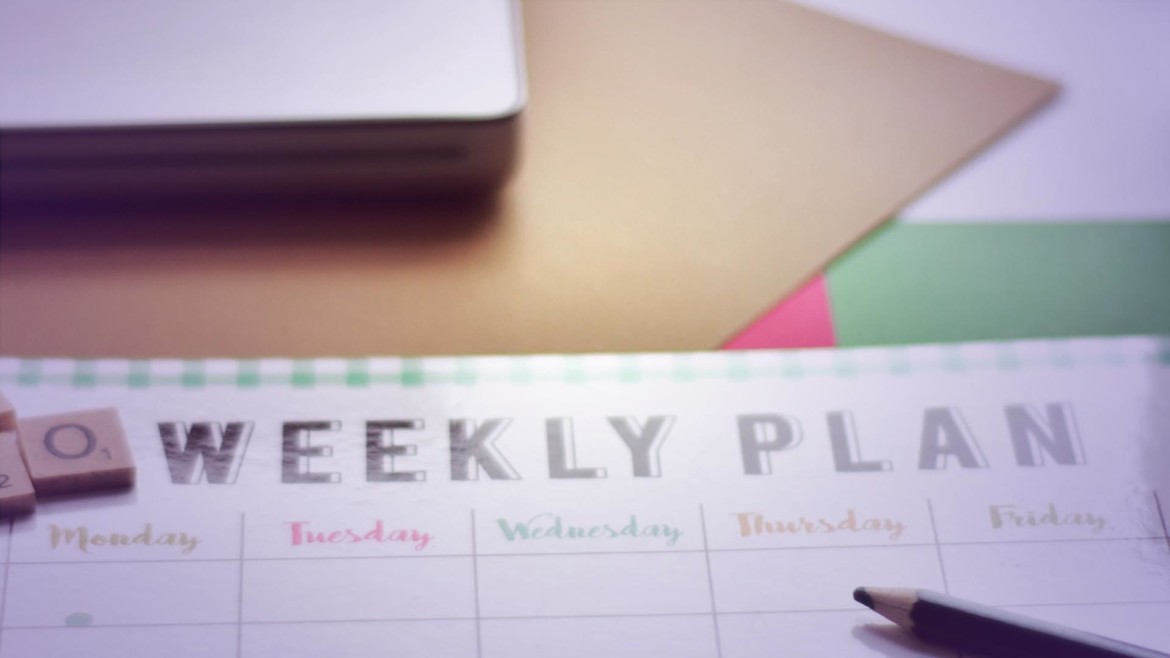The term work-life balance is often used for the effort to achieve and maintain a state of equilibrium between our everyday activities, tasks and obligations. The different areas of life should not interfere with each other and should ideally support each other. The bottom line is to maintain one’s own health and apply solutions to best meet the demands that work, family, social activities, leisure and many others place on us. Not every area of our lives is a priority. That is, the distribution of time spent on the areas of life should satisfy us. Unlike the term work-life balance, which is largely used for the same subject area, the emphasis in the expression work-life balance is on individual choice and self-organisation. At the same time, it is also a balance between employee and employer interests.
setting priorities
The latter is an important factor in our working world when it comes to work-life balance. On average, a working day lasts eight hours (Work). There is not much time left for the rest (Life) or not as much. What’s more, even at the end of the day, people often check their e-mails and appointments for the next day. Work-life balance therefore does not mean spending the same amount of time on each area of life. It is a dynamic balance because personal circumstances and external conditions can always change. The importance of work should be placed in an appropriate perspective to life as a whole and not determine life.

The work-life balance is also seen as a task of providing resources. The most frequently counted resources are scope for decision-making, money and time. Personal characteristics in the sense of physical, emotional, psychological and social resources also play an important role in achieving one’s own work-life balance. Individual attitudes and objectives as well as social and company conditions must also be taken into account. Depending on their age and life situation, individuals set different priorities, which also depends on their individual response to the meaning of life and their own concept of happiness. For one person, the focus is on balancing work with leisure activities and sports. The other person wants to spend time with their own children in addition to their job. There are therefore no uniform methods for measuring the individual work-life balance, because the degree of satisfaction consequently depends on factors such as work organization, type of professional activity and industry, age and gender.
change in the world of work
If the employment of recent years is considered, it is noticeable that employers and employees have focused more on maintaining health, performance and motivation. The employer focuses on measures of occupational health management. This means that occupational safety, health prophylaxis, reduced stress levels and the prevention of burnout are part of his duty of care to his employees. But also a promoted sports program, offers for a balanced diet (e.g. in company canteens) serve the prevention of lack of exercise and are part of the company health care. Particularly in higher management and service industries, the balance depends on individual factors such as time and self-management, stress management, willingness to delegate, and possibly also medication or drug abuse. Corporate culture and support from life partners* must be considered in the factors mentioned. The compatibility of family and work is often used as a common example. Many people know the problem: urgent tasks at work, the children want to be picked up from daycare and school. Stress breaks out. Setting priorities and clear communication can ease the tension here, because very few things are so important that they can’t wait for a while. In order to better reconcile the two worlds for employees, more and more employers are turning to flexible working time models, home office solutions and assistance such as time management seminars, for example.

Mistakenly, the impression,that private fulfillment must compensate for the profession, is quickly created, which is seen as a kind of bogeyman. But everyone is responsible for themselves and their happiness when it comes to dealing with deficits in their own lives, to know what brings joy and what does not. Here it is not only the employee who has to be considered. Companies benefit from motivated, creative and balanced employees. Especially when the risk of employee absenteeism is minimized, which is otherwise a consequence of excessive demands. Strategies for a good work-life balance can be developed individually or in workshops and seminars.
4 Steps To Balance
1. SelF analysis
Everyone knows themselves best and knows what makes them happy and what they would rather avoid. So a first step is to analyze how resilient you are and to become aware of your own strengths and weaknesses. Higher performance always goes hand in hand with accepting your personal values, goals and needs.
2. Time management
In order to avoid overtime and so-called “time eaters”, it is important to set
 yourself a limit for upcoming tasks. In this context, appropriate pressure to complete tasks is beneficial in the true sense of the word. For example, if a task is scheduled for three hours, but could have been completed in one hour, it will still take three hours. Tasks completed earlier do not mean that the next task must follow immediately. Rather, this is time that has been gained for oneself and that improves one’s personal work-life balance. When structuring the tasks to be completed, those that one is reluctant to do should be started first. Otherwise, one runs the risk that at the end the time pressure becomes too great and nervousness increases. Then the concentration and the willingness to perform decreases. Distractions, whether professional or private, must also be eliminated. A good exercise for self-reflection is to count up wasted time: How often do I look at my smartphone within 30 minutes? Just answering a WhatsApp or checking the share price are precisely the distracting factors that ultimately take up a lot of time for the task at hand.
yourself a limit for upcoming tasks. In this context, appropriate pressure to complete tasks is beneficial in the true sense of the word. For example, if a task is scheduled for three hours, but could have been completed in one hour, it will still take three hours. Tasks completed earlier do not mean that the next task must follow immediately. Rather, this is time that has been gained for oneself and that improves one’s personal work-life balance. When structuring the tasks to be completed, those that one is reluctant to do should be started first. Otherwise, one runs the risk that at the end the time pressure becomes too great and nervousness increases. Then the concentration and the willingness to perform decreases. Distractions, whether professional or private, must also be eliminated. A good exercise for self-reflection is to count up wasted time: How often do I look at my smartphone within 30 minutes? Just answering a WhatsApp or checking the share price are precisely the distracting factors that ultimately take up a lot of time for the task at hand.
3. Equating Plans And Appointments
As a rule, private appointments are always easier to reschedule than professional ones. To maintain a healthy work-life balance, private plans should be taken just as seriously as work appointments. Otherwise, there is a danger that life will consist only of work and rest. Social contacts are important to prevent loneliness and depression. Therefore, it is important not to neglect private appointments, so that one’s own quality of life is not restricted.
4. Exercise and HEALTH

Sufficient exercise and a healthy diet are indispensable if you want to be in harmony with yourself. Taking a walk during a break, exercising before or after work, and cooking fresh meals in your free time, preferably together with others, ensure that your job, social life, and physical health are in balance. This in turn increases well-being and performance.
If the relationship between work and private life is not balanced after all, you usually notice it in forgetfulness and confusion. That’s when the two worlds get mixed up. The result is usually a feeling of being overwhelmed. Then it should be reflected whether family, friends or hobbies come too short and whether the current life situation satisfies oneself or a change is desirable.
A healthy work-life balance is important for productive work. All related factors should be reflected upon at regular intervals and reprioritized if necessary. Then it’s success all along the line.






Leave a Reply